Alfred Sisley: The Quintessential Impressionist Landscape Painter
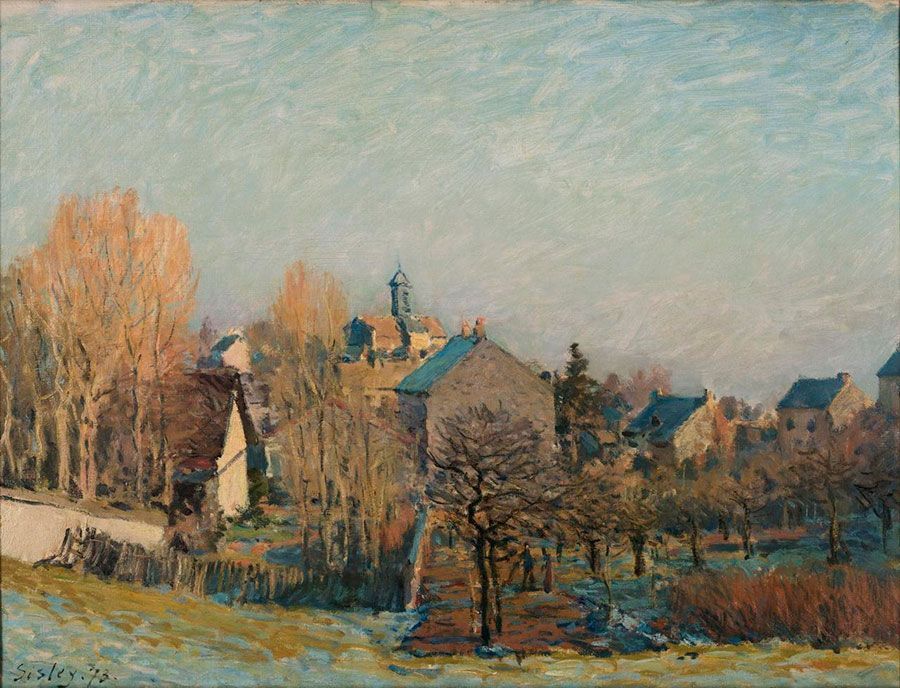
Alfred Sisley may not claim the same immediate recognition as some of his contemporaries like Claude Monet or Pierre-Auguste Renoir, yet his work remains a definitive embodiment of the Impressionist movement. Sisley was a painter whose dedication to capturing the transient effects of light and atmosphere on the landscape made him one of the purest Impressionists of his time.

Early Life and Education
Born on October 30, 1839, in Paris to affluent British parents, Sisley was initially destined for a career in business. However, his passion for art prevailed, and in the early 1860s, he began studying at the École des Beaux-Arts in Paris. It was here that he met fellow students Monet and Renoir, friendships that would profoundly influence his career.
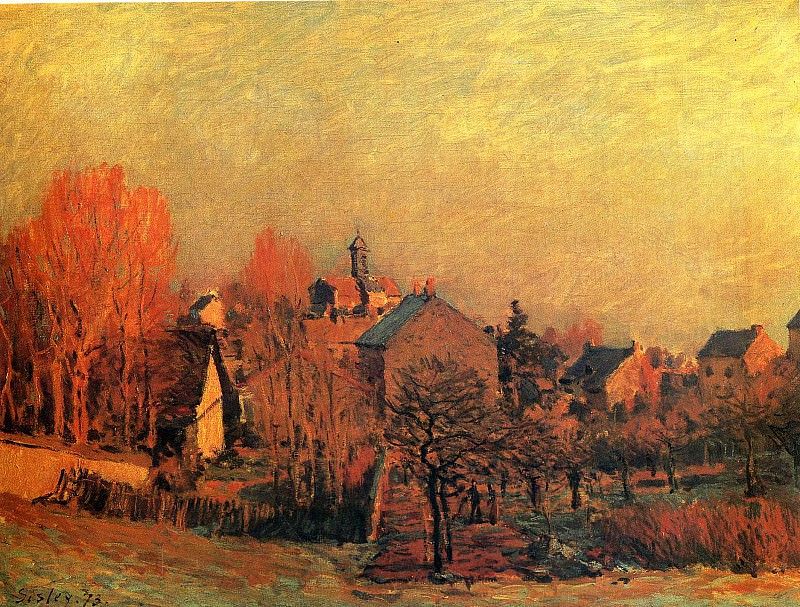
The Emergence of a Dedicated Landscape Artist
While his counterparts occasionally varied their subjects, Sisley remained almost exclusively a landscape painter. His dedication to portraying the nuances of nature can be seen in works such as "Flood at Port-Marly" (1876) and "Bridge at Villeneuve-la-Garenne" (1872). Unlike the romanticized landscapes of previous generations, Sisley's paintings depict a true-to-life countryside, informed by direct observation and painted en plein air—a hallmark of the Impressionist technique.
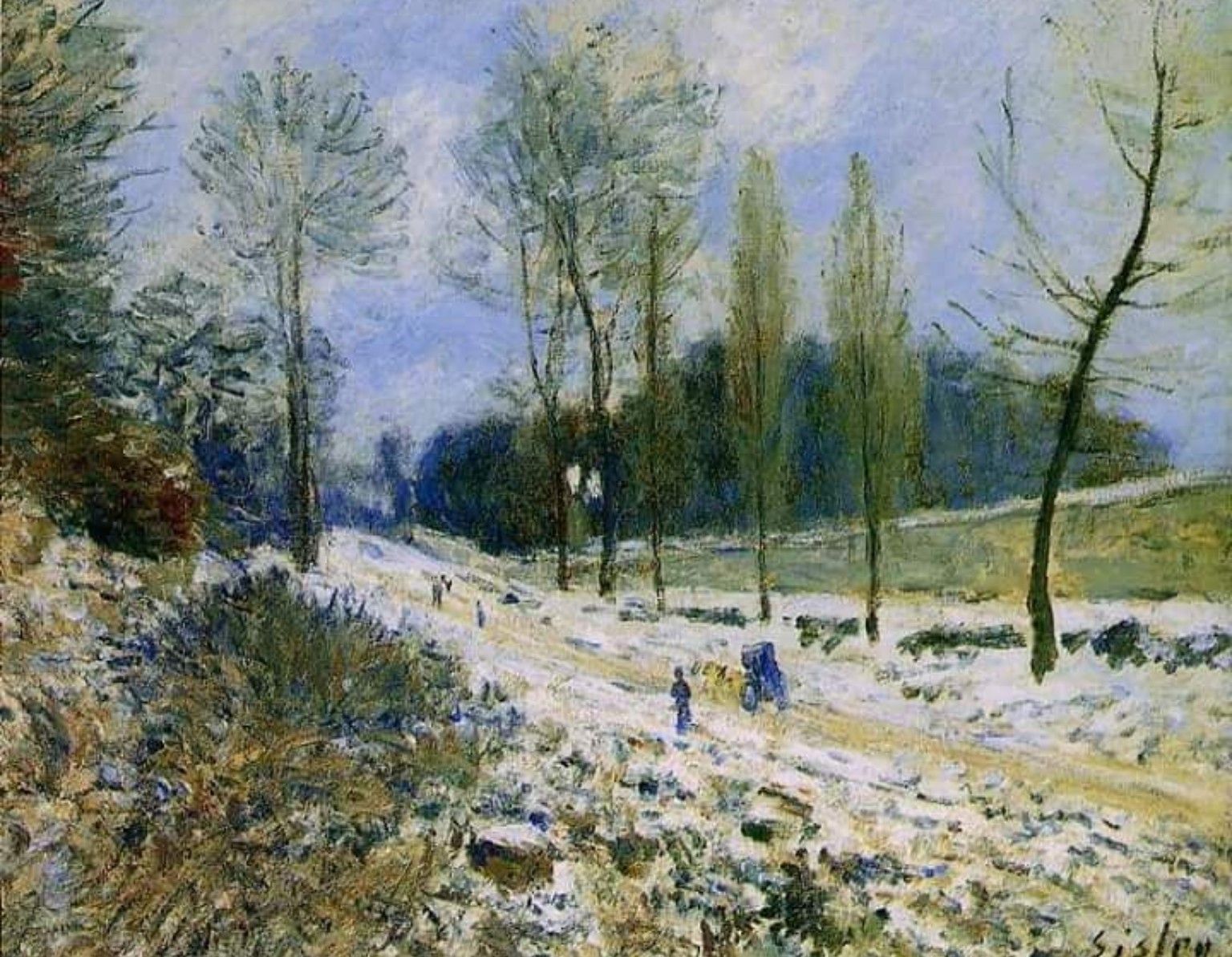
Financial Struggles and Artistic Commitment
Life was not easy for Sisley. Despite his British citizenship, he spent most of his life in France and struggled financially, unlike his prosperous parents. His refusal to compromise his artistic integrity often meant he lived in poverty. Unlike some of his contemporaries, Sisley's work did not gain substantial recognition during his lifetime, contributing to his financial woes.

Critical Reception
Critical acceptance of Sisley's work was mixed during his lifetime. He consistently submitted paintings to the Paris Salon but often faced rejection. However, he found some success in the Impressionist exhibitions of the 1870s and 1880s. Although Sisley's work was overshadowed by some of his more famous contemporaries, today he is recognized as a master of Impressionist landscape.

Later Years and Death
In his later years, Sisley remained in France, eventually settling in the small village of Moret-sur-Loing. Despite declining health and enduring hardships, his commitment to painting never wavered, as evidenced in one of his final series depicting the medieval bridge in Moret-sur-Loing. Alfred Sisley passed away on January 29, 1899, leaving behind a legacy of serene and timeless landscapes that have garnered admiration and study over the ensuing decades.

Legacy and Influence
Sisley's influence on Impressionism and landscape painting is profound. His focus on light, color, and form helped define the aesthetic of the movement. Today, his paintings are held in prestigious collections around the world, including the Musée d'Orsay in Paris and the Metropolitan Museum of Art in New York.
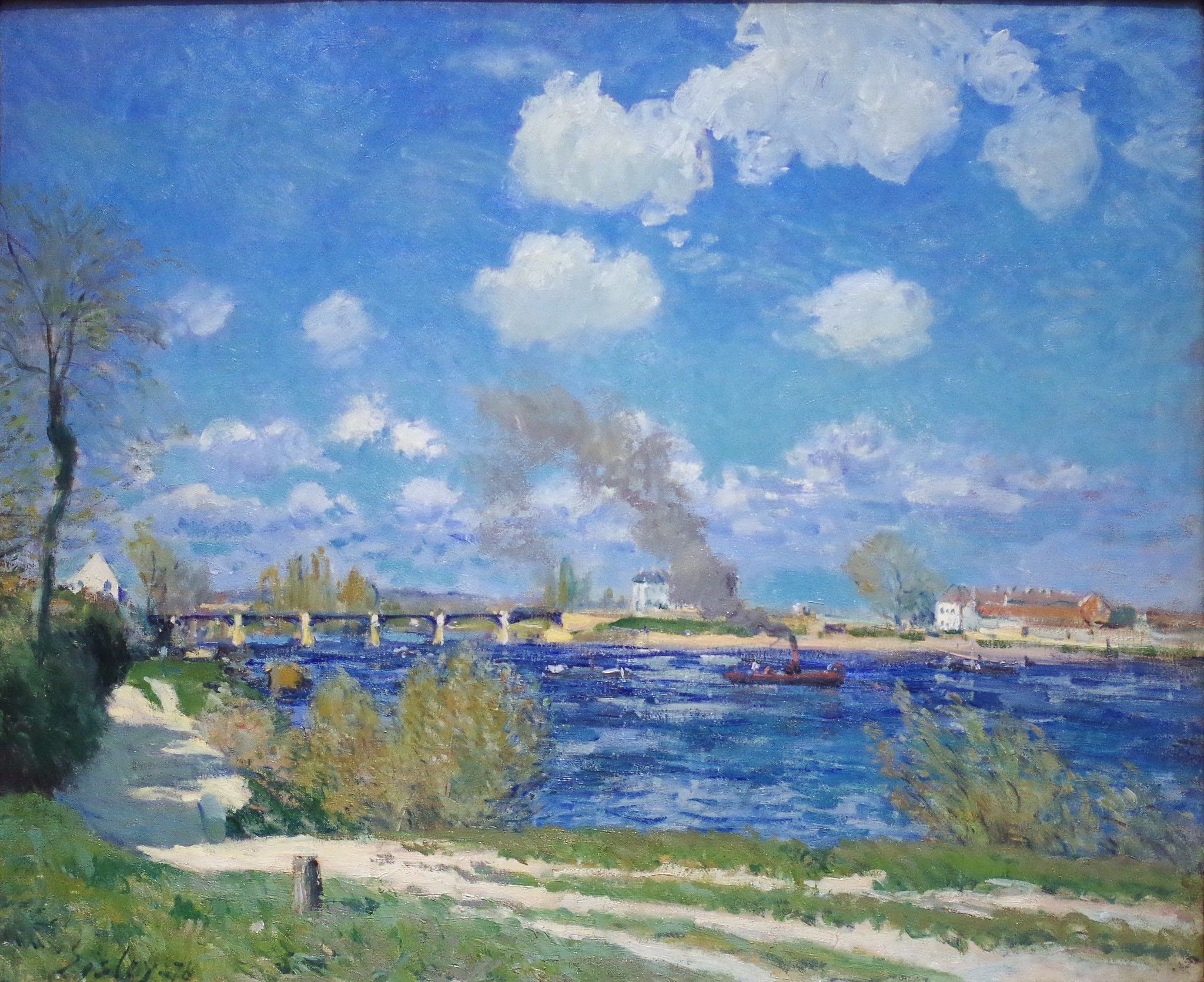
In an era dominated by a shift from traditional to modern art, Alfred Sisley stands out as a steadfast practitioner of Impressionist principles. His landscapes remain a testament to the beauty that can be found in the everyday and the enduring power of a singular artistic vision.
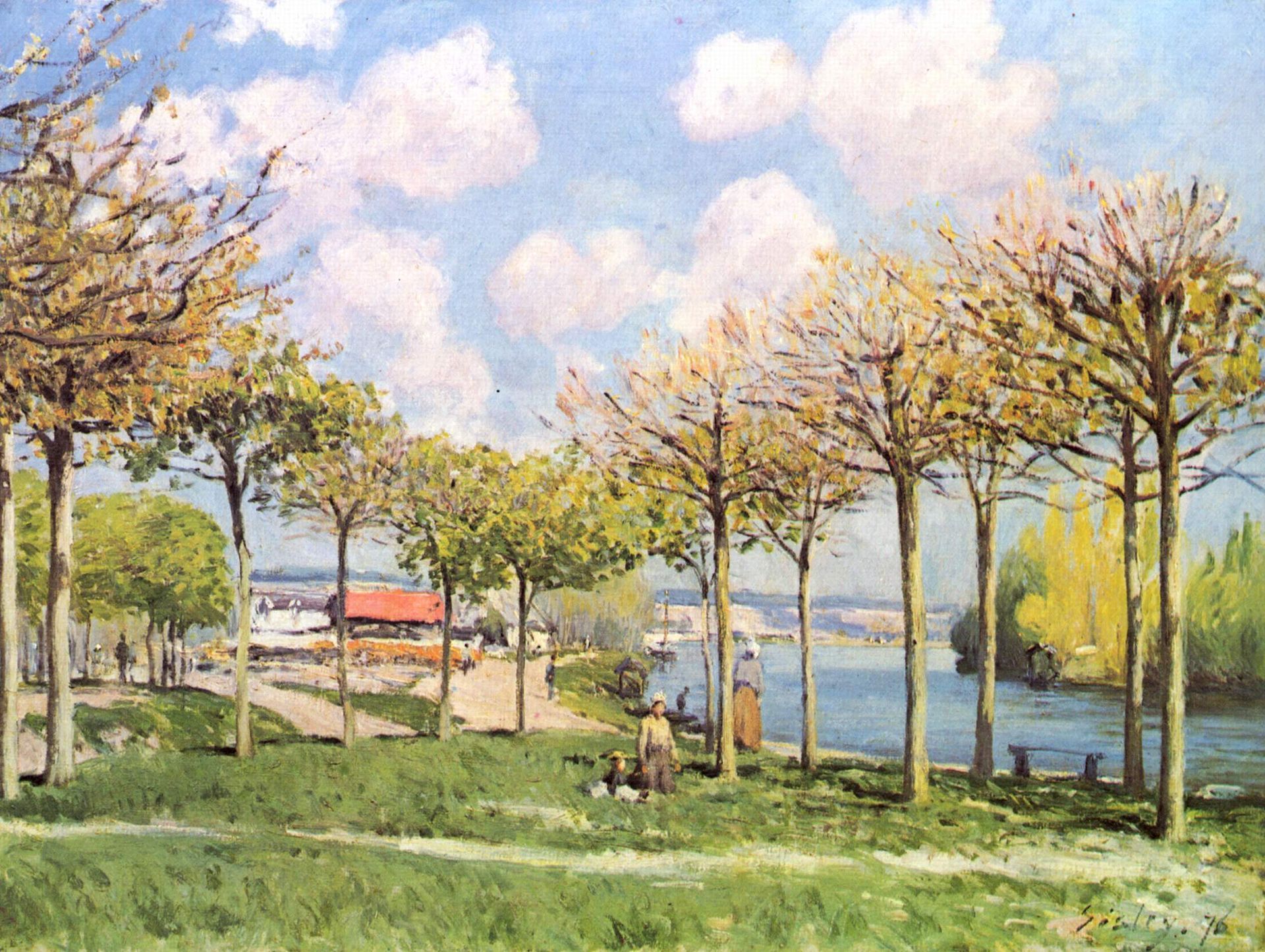
As we re-examine the contributions of Impressionist artists, Sisley's oeuvre commands attention not only for its beauty but also for the purity of its Impressionist ideals. His work is a window into a world where the play of light upon the natural environment is rendered with a delicate precision that continues to captivate audiences over a century later. In the pantheon of great artists, Alfred Sisley's dedication and contributions to art render him a figure of profound respect and enduring interest.
Теги
art.